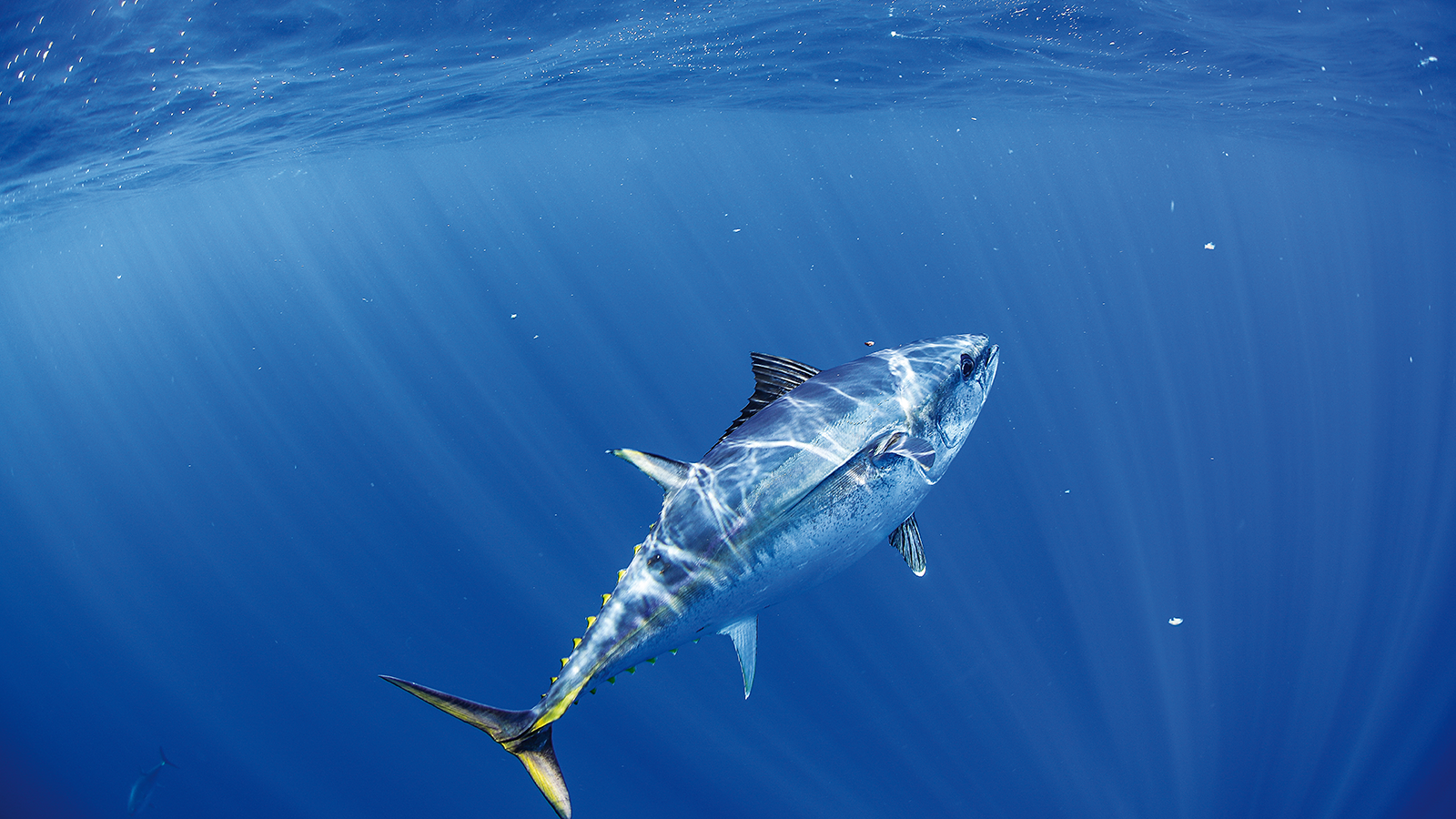This project provides the resources for SARDI to establish and operate the Temperate Research Hub for the National Hatchery Network for 18 months (until 25 March 2025) which is the stipulated grant duration.
The FRDC project will provide the funding for SARDI to engage key technical capability needed to support the Hub and establish the facilities for exclusive and continuous use for the project. SARDI will provide facilities and services for up to two ASSA employees working at this Hub for the conduct of this project.
The key components of the project include:
1. Establish facilities and equipment required for the development of the temperate hub of the National Seaweed Hatchery Network
2. Deliver a focused research program to close the life cycle, of Asparagopsis armata, with the goal of being able to produce carpospores, tetrasporophytes, tetraspores and gametophytes.
3. Develop management systems to control contamination in the Asparagopsis armata hatchery.
4. Collect and maintain a clean broodstock culture collection.
5. Develop hatchery technology and equipment needs through experimentation.
6. Contribute to the development of a Hatchery Manual and knowledge sharing and dissemination.





